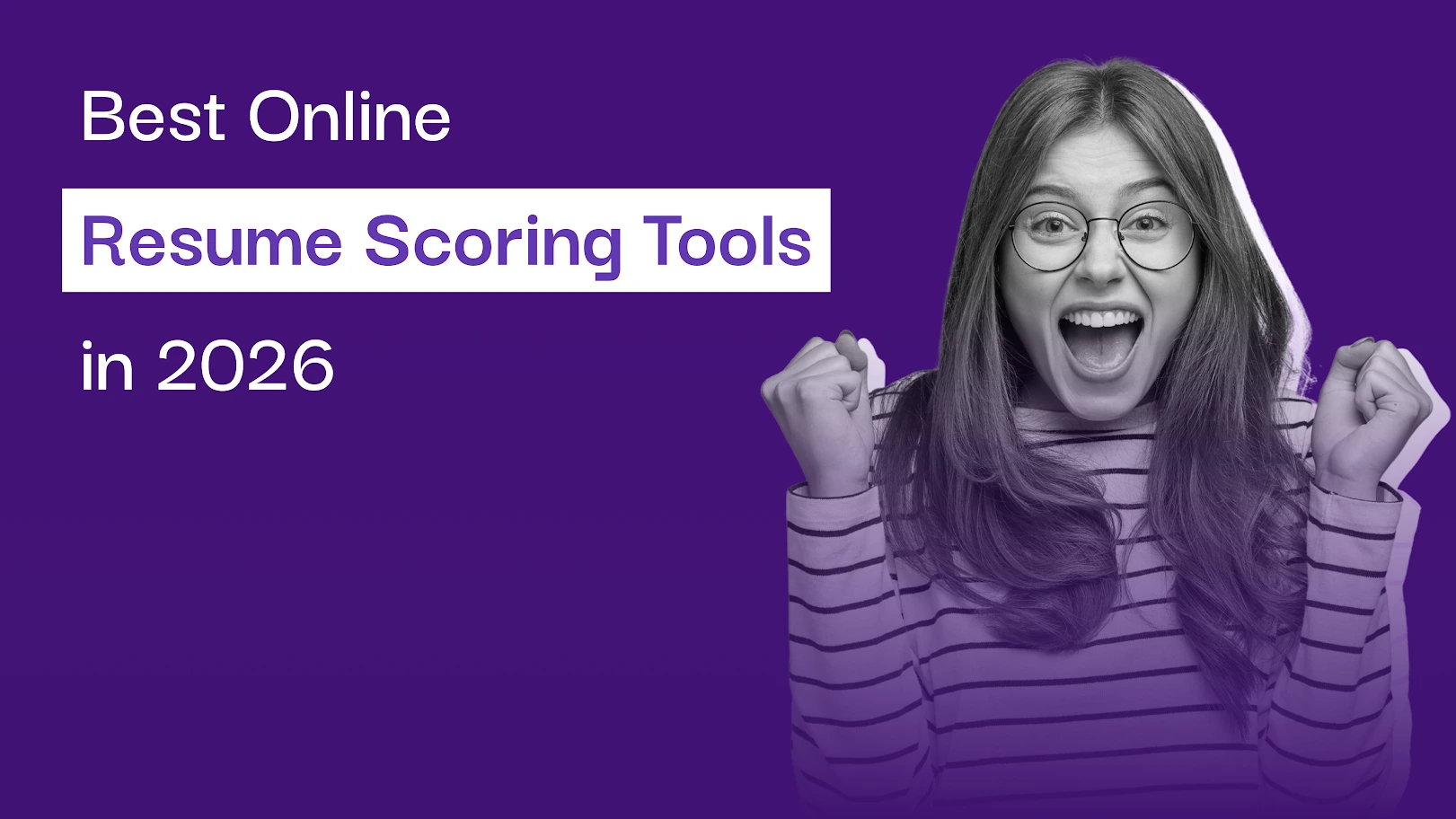In today’s competitive job market, creating an ATS-friendly resume is often the first step toward landing your dream job. Applicant Tracking Systems (ATS) filter and rank resumes based on how well they match the job description. Understanding how to optimize your resume for ATS can make the difference between getting an interview or being overlooked.
Why Are Keywords Important and What Is an ATS?
One technology used by recruiters to handle high amounts of job applications is an Applicant Tracking System (ATS). ATS examines resumes for particular keywords that fit the job requirements rather than going through each one by hand. If your resume lacks these terms, it might not make it to the recruiter—even if you’re highly qualified.
The secret to an ATS-friendly resume is effective keyword usage. Keywords are specific terms related to the role, such as skills, job titles, and certifications. You have a better chance of moving on to the next phase of the hiring process if you have a strong keyword approach.
Steps to Create an ATS-Friendly Resume
1. Analyze the Job Description
Every job description is a treasure trove of keywords. Carefully read the listing and identify:
Crucial Competencies: Take note of the role’s emphasis on soft and technical abilities.
Tools and Software: Emphasize the platforms or programs that were specifically specified.
Words of Action: Look for verbs like “managed,” “designed,” or “executed.”
For example, if the position calls for “Agile methodologies” or “project management,” make sure your CV includes these terms.
2. Strategically Use Keywords
It’s not enough to simply add keywords; you also need to use them naturally and effectively.
Professional Summary: Use keywords specific to your role here; Skills Section: Use precise terms to highlight both hard and soft skills.
Experience Details: Use action-based language, like “Implemented Agile practices to improve project delivery timelines by 20%.”
Keyword Variations: Expand your keyword scope by using synonyms and related terms, like “content marketing” and “digital marketing.”
3. Format Your Resume for ATS
Your resume must be formatted for ATS readability even if you have the correct keywords:
Simple Design: Make use of crisp typefaces such as Times New Roman or Arial.
Steer clear of graphics or images: To ensure that ATS can scan everything, only use text-based material.
Common Headings: Make use of terms that are obvious, such “Experience” or “Skills.”
File Formats Compatible with ATS: Save your resume as .docx or .pdf, depending on the job application instructions.
4. Give Hard Skills Priority
ATS frequently gives priority on hard skills, even if soft skills are as vital. Include technological abilities relevant to the position on your CV, such as “Certified in Salesforce CRM” or “Skilled in data analysis using Python and SQL”.
5. Examine Your Resume
Use free online ATS checkers to preview your resume before submitting. These tools evaluate your formatting and keyword optimization, helping you identify gaps or errors that may affect your resume’s ATS score.
Examples of ATS-Friendly Resume Keywords
Here are common keywords to consider for your resume, depending on your field:
General Keywords:
- Communication
- Leadership
- Time Management
Technical Keywords:
- Python
- SQL
- Tableau
Marketing Keywords:
- SEO
- Email Campaigns
- Content Strategy
Finance Keywords:
- Budgeting
- Financial Analysis
- SAP
Project Management Keywords:
- Agile
- Scrum
- Stakeholder Communication
ATS Is a Tool, Not a Barrier
Matching your skills to the job requirements is more crucial than attempting to trick the system with a resume that is optimized for applicant tracking systems. You can boost your chances of getting an interview by optimizing the format of your resume and adding relevant keywords.
Remember, while ATS helps streamline the hiring process, it’s your unique experiences and achievements that ultimately stand out to recruiters. Take the time to refine your resume for each application, and you’ll find the effort is worth the reward.



